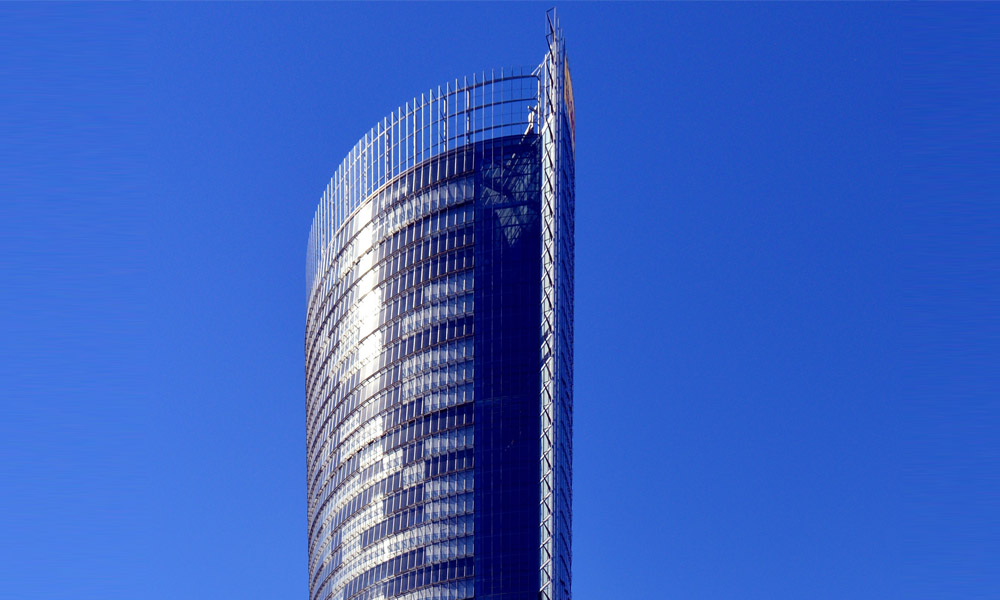

The Allure of Thin Mirror Glass A Modern Design Element
In contemporary architecture and design, materials play a crucial role in shaping aesthetics and functionality. Among these materials, thin mirror glass has emerged as a popular choice, captivating designers and homeowners alike. This innovative glass not only enhances the visual appeal of spaces but also introduces a multitude of practical benefits.
Thin mirror glass, as the name suggests, is a lightweight and sleek variant of traditional mirror glass. Typically measuring just a few millimeters in thickness, it is an ideal solution for projects where weight and space are critical factors. The thinness of the material allows for seamless integration into various settings, from residential interiors to commercial establishments, making it a versatile design choice.
One of the most striking features of thin mirror glass is its ability to create an illusion of space. In smaller rooms, using this reflective material can make the area appear larger and more open. By reflecting natural light, thin mirror glass can brighten up a space, reducing the need for artificial lighting during the day. Designers often employ this technique in narrow hallways, compact bathrooms, and cozy living spaces, transforming them into inviting environments.
Moreover, thin mirror glass is an effective tool for enhancing aesthetics
. Its sleek surface reflects colors, patterns, and textures, adding depth and dynamism to any room. Whether framed elegantly on a wall or used to create stunning architectural elements, this material elevates the overall design. Furniture pieces such as coffee tables or wall panels made of thin mirror glass can serve as statement items, drawing attention and creating focal points within a room.
Another crucial aspect of thin mirror glass is its adaptability. It can be customized to various shapes and sizes, catering to the specific requirements of any project. This level of flexibility allows designers to explore creative possibilities, such as curved mirrors or intricate designs that can be integrated into cabinetry or wall installations. Furthermore, thin mirror glass can also be treated with various coatings to enhance its durability and resistance to scratches and stains, making it suitable for high-traffic areas.
Sustainability is an increasingly important consideration in modern design, and thin mirror glass has a role to play in this arena. Its lightweight nature leads to lower transportation costs and reduced carbon footprint during shipping. Additionally, many manufacturers are adopting eco-friendly production processes and sourcing materials responsibly. This alignment with sustainable practices makes thin mirror glass an appealing choice for environmentally conscious consumers.
In the realm of art and decoration, thin mirror glass is gaining traction among contemporary artists. It offers unique opportunities for installations that play with light and reflection. Artists can create mesmerizing visual experiences where the viewer’s own reflection interacts with the artwork, immersing them in a dialogue between the self and the art.
In conclusion, thin mirror glass is more than just a trendy design element; it encapsulates functionality, aesthetics, and sustainability. Its ability to enhance space, light, and style makes it an invaluable asset in modern architecture and interior design. As we continue to explore innovative materials and their applications, thin mirror glass stands out as a testament to the power of design in transforming our environments. Whether in homes, offices, or public spaces, this material is sure to leave a lasting impression, reflecting our desires for beauty and functionality in harmony.